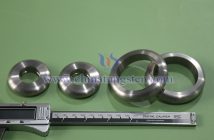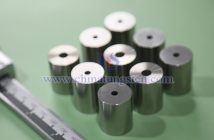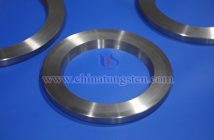Like cobalt tungstate (CoWO?) and nickel tungstate (NiWO?), ferrous tungstate is an inorganic compound composed of transition metal elements, Group VIII elements, and non-metals, exhibiting excellent physicochemical properties and wide applications in the chemical industry. Note: Iron, cobalt, and nickel, known as iron-group elements, are all fourth-period, Group VIII elements with atomic numbers 26, 27, and 28, respectively. Their properties are similar, and they all display ferromagnetism.
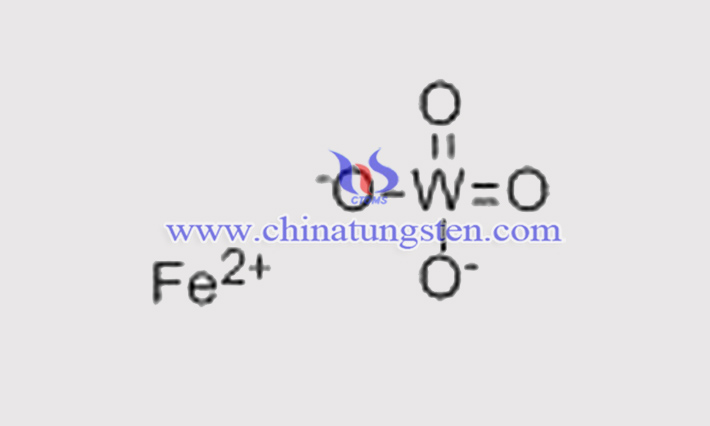
From a chemical composition perspective, ferrous tungstate is a material made of tungsten, iron, and oxygen. It is a tungstate formed by divalent iron ions (Fe2?) and tungstate ions [(WO?)2?], with the English name ferrous tungstate, chemical formula FeWO?, molecular weight 303.68, PubChem ID 22178528, and CAS number 13870-24-1.
From a physicochemical properties standpoint, FeWO? is a powdery material with a density of 7.5 g/cm3, insoluble in water, and primarily found in wolframite.
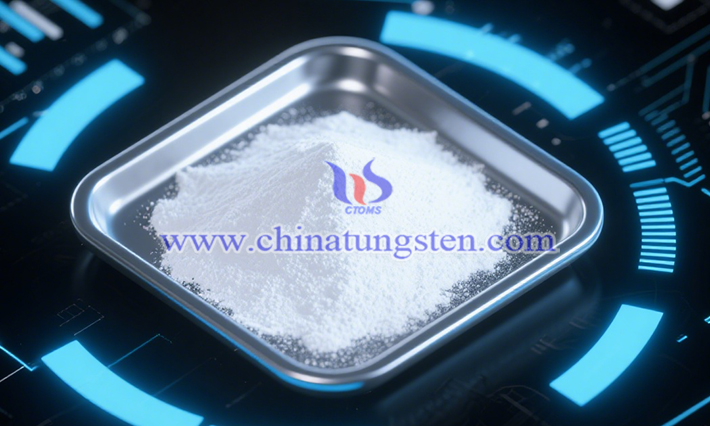
Regarding production methods, the preparation of uniformly shaped FeWO? nanoparticles involves the following steps: First, a structure-directing agent like 1-histidine is dissolved in a water-ethylene glycol mixed solvent, stirred thoroughly to form a transparent solution. Next, a tungstate such as sodium tungstate is dissolved in the solution, followed by the addition of an iron salt like ferrous sulfate, with uniform stirring to obtain a yellow solution. The pH is then adjusted to 5–10. Finally, the yellow solution is transferred to a hydrothermal reactor, held for several hours to yield a precursor sample, which is then filtered, washed, and dried to produce sheet-like or flower-like products. This production technique is characterized by low cost, ease of operation, and uniform product morphology distribution.
In terms of applications, beyond its use in producing dyes, pigments, catalysts, corrosion inhibitors, fire retardants, and ceramic materials, ferrous tungstate can be hydrothermally combined with multi-walled carbon nanotubes to manufacture high-performance supercapacitor electrode materials.

